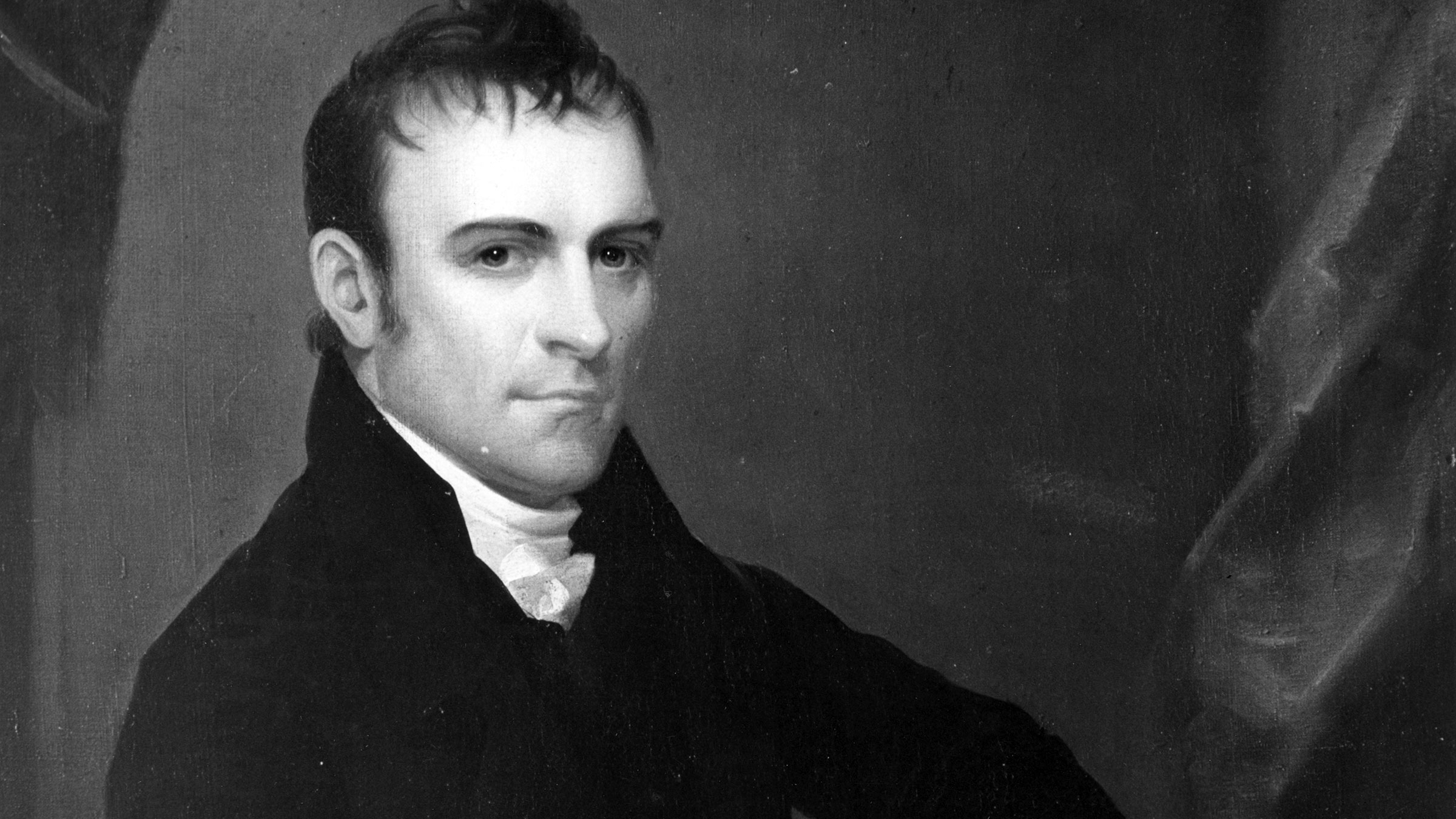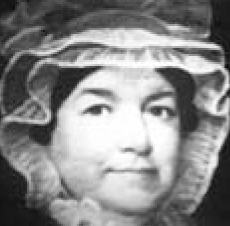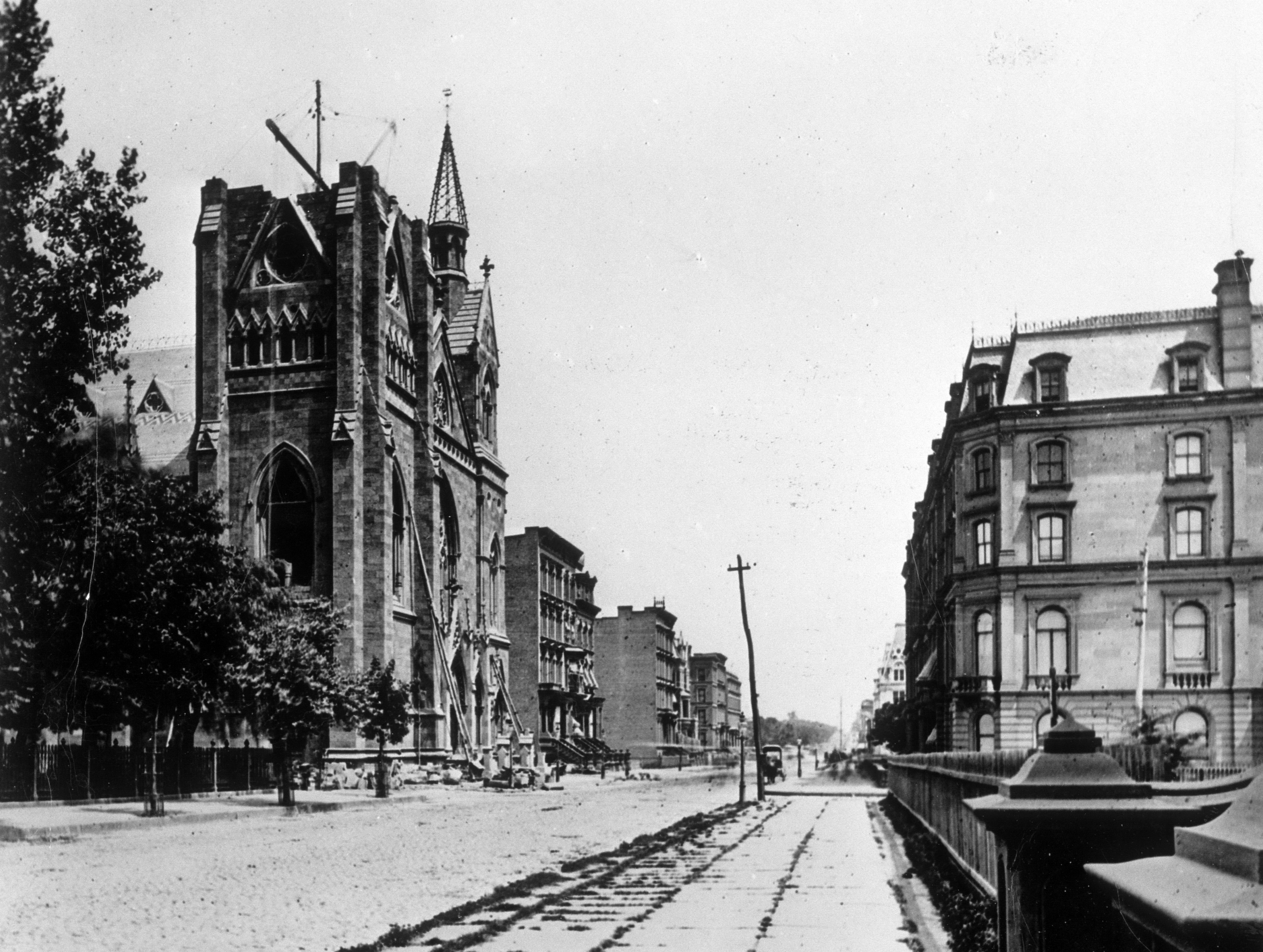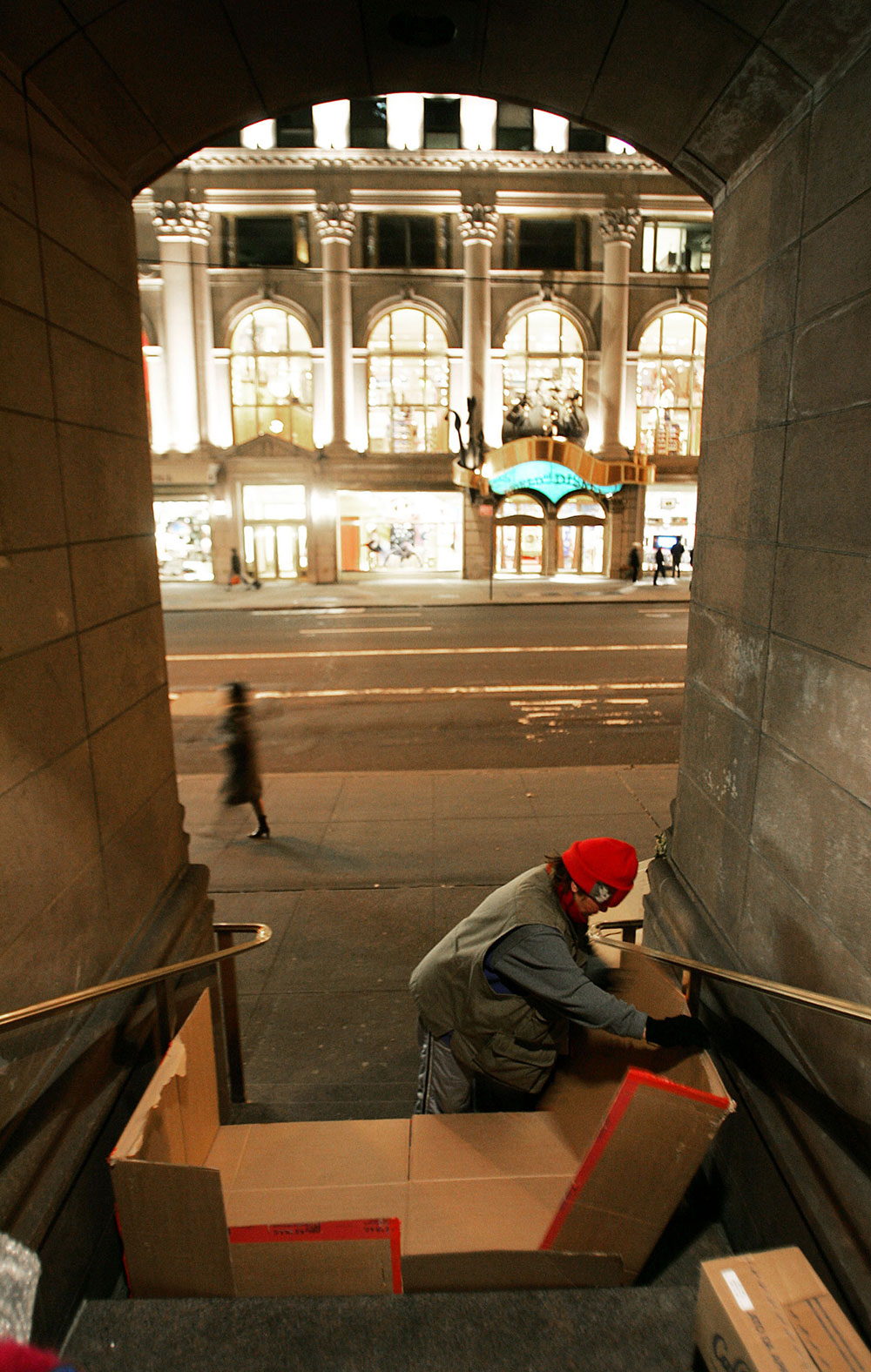About Us
A Brief History
Since 1808, this congregation has pursued a faithful Christian ministry—on behalf of the city we love, and the world we aspire to serve.

The congregation now known as Fifth Avenue Presbyterian Church began on Nov. 6, 1808, on the north side of Cedar Street between Nassau and William Streets in lower Manhattan. (We called ourselves The Presbyterian Church in Cedar Street at the time.) Over the next six decades, we would move three times, eventually settling in at Fifth Avenue and 55th Street in 1875.
The original congregation of 26 members included Oliver Wolcott, Jr., a former Secretary of the Treasury, and Betsey Jackson, an enslaved woman in the household of our founding pastor. Also among our early members were Richard Varick (1753–1831), private secretary to General George Washington and later the mayor of New York City; and Joanna Bethune (1770–1860), remembered as “the mother of the American Sunday School” for her work founding the first Sabbath schools for disadvantaged children.
Our first pastor, John B. Romeyn, was just 28 years old when we called him to the Cedar Street church from Albany. There have been 16 senior pastors since then, all of them (like Romeyn) renowned preachers in their time. In 1867, a young Irish pastor named John Hall so impressed the elders of the church during a speaking tour of the U.S. that they issued a unanimous call and installed him that same year. The New York Times wrote that Hall’s “powerful preaching and wise churchmanship made the Fifth Avenue Presbyterian Church one of the great religious powers in the city.”
Our first century was remarkably successful. With each move to a new location, we enlarged the size of our sanctuary, ultimately creating space for more than 1,800 worshipers. Still, by the early 1900s, it was not uncommon for the church to have to turn away as many as 1,000 people on a given Sunday.
But just as important as the services taking place inside was the ministry we were doing outside. In 1815, members of the congregation established the city’s first free schools, later expanded into the New York Public School System. A Woman’s Employment Society in the 1860s organized a sewing business that generated income for poor and immigrant women. Donations from the congregation helped 19th-century Presbyterian missionaries to found hospitals, chapels and schools in the Far East, Latin America and the Middle East.
Over our 210-year history this church was instrumental in the founding of Princeton Theological Seminary, the American Bible Society, New York Presbyterian Hospital and numerous mission boards.


'Grand House of God'
This handsome, Victorian Gothic church, constructed of New Jersey red sandstone, has presided over Fifth Avenue and 55th Street since 1875. It predates many of our historic neighbors, including St. Patrick’s Cathedral (1878), the Park Avenue Armory (1880) and the Plaza Hotel (1907).
This was an undeveloped site in a residential neighborhood when the congregation purchased it in 1873. When it came to choosing an architect, the renowned George B. Post (who designed both the New York Stock Exchange and the Vanderbilt mansion on Fifth Avenue) was a contender. But the project was awarded to a little-known, 37-year-old German émigré named Carl Pfeiffer.
Pfeiffer’s engineering skills are evident in the technological innovations he introduced. Wooden louvers installed beneath the pews allowed warm air to rise into the Sanctuary on winter mornings from steam pipes in the basement. On warm days, enormous blocks of ice were delivered to the basement, where fans blew cooling air upward. The Sanctuary did not have modern air conditioning until 2003.
With a steeple rising 286 feet high, our church was the tallest building in Manhattan when construction of the clock tower was completed in 1876. The clock tower still employs the original clockworks, which are wound once a week by hand. There are no bells or chimes up there; when the church was built, St. Luke’s Hospital was housed in what is now the Hotel Peninsula, and there was a concern that church bells might disturb the patients.
In 1935, Time magazine declared that “this grand house of God is often called the Cathedral of Presbyterianism.” This magnificent space hosted the 1910 wedding of Theodore Roosevelt, Jr. (an event attended by his father and some 500 of his Rough Riders), the 1965 recording of A Concert of Sacred Music by Duke Ellington and his orchestra, and dance legend Frankie Manning’s “rollicking three-hour memorial service” (The New York Times) in 2009.
Fighting City Hall
“In New York, Boston and other cities, homelessness is at record levels, a consequence of a faltering economy that has crumbled even further after the Sept. 11 attacks.”
—The New York Times, Dec. 18, 2001
By the late 1990s, more than a decade after Fifth Avenue Presbyterian Church opened its men’s shelter, it was clear that the needs of persons experiencing homeless in New York City were as urgent as ever. In 1998, Fifth Avenue’s befriending ministry began—a ministry that included comfort and assistance to the men and women who slept overnight on the steps and surrounding sidewalks of the church.
That’s when things got interesting.
In September 1998, officials from the mayor’s office, Department of Homeless Services, the Fifth Avenue Business Improvement District and the New York Police Department convened a meeting with representatives of Fifth Avenue and Saint Thomas Church. The city wanted overnight privileges to the homeless discontinued. The churches refused.
In December 2001, when the police began forcibly removing people from our sidewalks and steps, the church obtained a restraining order and, soon after, a preliminary injunction from a federal judge. Judge Lawrence McKenna validated Fifth Avenue’s rights under the First Amendment to provide for the guests we welcomed on our steps—but not on the sidewalks. The sidewalks, even that portion within the church’s property line, would remain under the city’s jurisdiction.
The late Margaret Shafer led the church’s Outreach Ministries until her retirement in 2004. In her declaration to the U.S. District Court (Fifth Avenue Presbyterian Church v. the City of New York, Dec. 19, 2001), Shafer wrote:
“For our Church, our concern for the homeless is an inextricable part of our actual worship of God. We believe that God views our acts of kindness, compassion, love and concern for our neighbors as acts done toward God, and that in ministering to the homeless we are giving the love of God, to God incarnate in the homeless persons (whether they realize it or not), in the watchful presence of God Almighty. There is perhaps no higher act of worship for a Christian.”
